This post may contain affiliate links. Read our disclosure policy.
One of the first things we learned in my baking class in culinary school was how to temper chocolate.
I was SO excited to learn how to do this because for some reason it always really intimidated me and I never tried to learn it on my own.
I have no idea why I was so intimidated because as I learned in school, it’s actually SUPER easy.
Really all it takes is a little precision and patience – and if you watch the video I made for you and follow the instructions, you will be on your way to tempering beautiful, shiny, hard chocolate in no time!
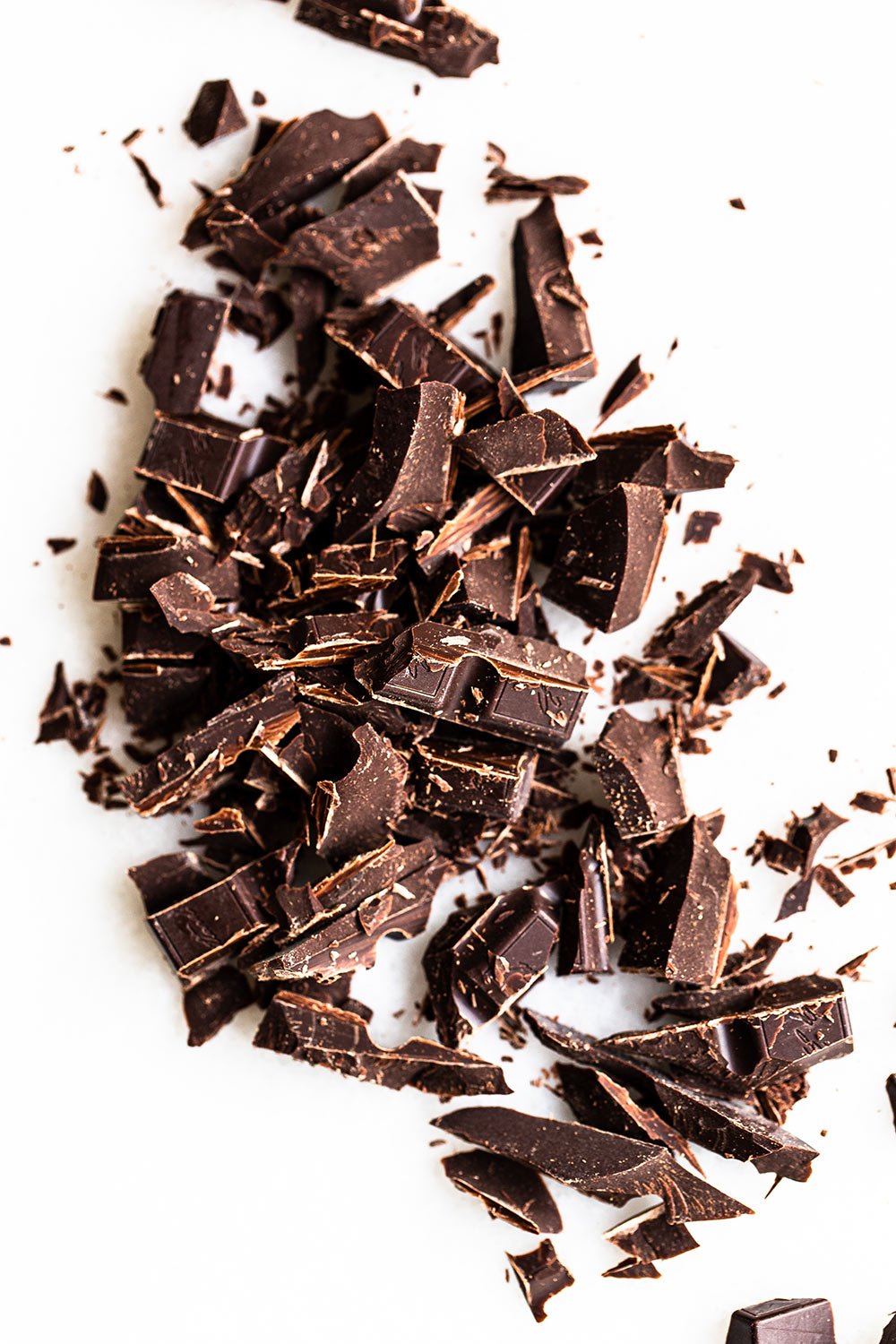
Tempered chocolate is wonderful to use when making homemade candy, such as truffles or peanut butter cups, or peppermint bark, because it maintains a nice smooth, shiny, and hard texture even at room temperature.
It gives your candy a professional quality and makes it much easier to serve and transport – not to mention it just tastes better because you get that wonderful snappy texture. Stay tuned for some recipes utilizing tempered chocolate.
How to Temper Chocolate
TWO RULES for Melting Chocolate
These apply to both melting and tempering chocolate.
1. Never heat above 120°F for bittersweet or semisweet chocolate. If tempering milk or white chocolate, avoid heating above 110°F.
This will sacrifice chocolate flavor.
2. Never expose melted chocolate to water
- Any water will cause the chocolate to seize. Even a droplet from steam!
- You know your chocolate has seized when it becomes lumpy instead of smooth.
- If your recipe calls for liquid, such as butter, water, coffee, or liqueur, always melt it alongside the chocolate simultaneously.
What Does it Mean to Temper Chocolate?
- The process of tempering creates chocolate coatings that are ultra smooth, glossy, and have a crisp satisfying snap when eaten.
- Tempering allows us to manipulate the fat molecules in the cocoa butter of the chocolate to arrange its crystalline structure in a way that creates that snappy chocolate texture.
- This same process, along with proper storage, also helps to prevent the chocolate from blooming, which is when a white coating forms on the surface of the chocolate.
- When using tempered chocolate to coat, say, Oreo cookies, the coated cookies won’t require refrigeration to stay hard and snappy.
When Do I Need to Use Tempered Chocolate?
- Tempering chocolate is perfect for making chocolate candies, truffles, dipped confections, or chocolate cake decorations.
- If you just use melted chocolate to dip, you won’t get a coating that stays snappy. It’ll be dull and soft and will need to be refrigerated just to avoid melting.
- Tempered chocolate products stay hard at cool room temperature. Avoid storing at warm temperatures and at high humidity to protect the tempered chocolate’s structure.
When is Tempered Chocolate Not Needed?
You don’t need to temper if you’re simply adding melted chocolate into a batter, mousse, or ganache.
How Does Tempering Chocolate Work?
- The process involves controlling the melting, cooling, and reheating of chocolate within specified temperature ranges depending on the kind of chocolate.
- The goal of tempering chocolate is to ensure the development and longevity of Form V crystals, one of the six types of cocoa butter crystals.
- This type of fat crystal is stable and contributes to the coveted textural properties of a delicious chocolate treat!
- Maintaining and controlling the development of Form V crystals is also crucial to avoid the unpleasant white, chalky appearance that can form on chocolate when recrystallization occurs.
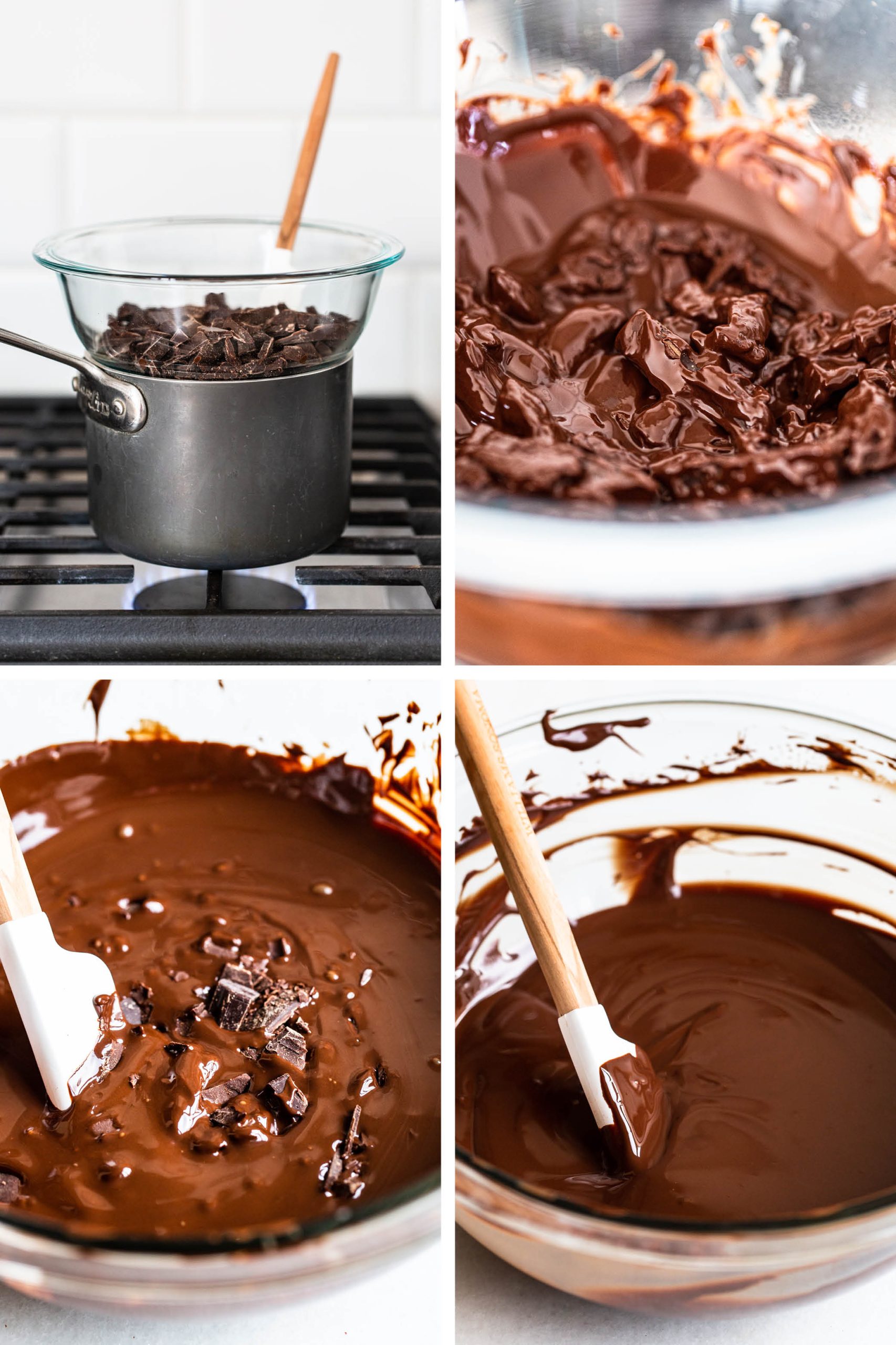
Why Temper Chocolate?
- Simply put, it’s the best way to get that beautiful professional chocolate coating (without any additional ingredients or refrigeration) while maintaining a delightful chocolate flavor.
- Tempering can be an extra step that feels tedious. There are ‘chocolate’ candy melt products available at many stores that produce a similar crunchy coating when dipped.
- Unfortunately, many of these chocolate compound products aren’t actual chocolate because the cocoa butter has been replaced by hydrogenated industrial oils. They taste artificial and don’t provide the same satisfaction.
 What is the Best Chocolate for Tempering? Can you Temper Chocolate Chips?
What is the Best Chocolate for Tempering? Can you Temper Chocolate Chips?
- Only use high-quality bars of chocolate for baking (such as Ghirardelli baking bars or even Trader Joe’s Pound Plus chocolate) or couverture chocolate wafers (such as Guittard or Valrhona).
- If using bars, finely chop the chocolate with a serrated knife.
- Finely chopped chocolate will melt more evenly.
- DO NOT use chocolate chips. These have added ingredients that help them to maintain their chip shape when exposed to heat and will not melt down smoothly for tempering.
Can you Temper Chocolate Without a Thermometer?
- In my opinion, a thermometer truly is essential to tempering chocolate because it takes the guesswork out and ensures your temper will set up beautifully.
- Chocolate is expensive so I like to make sure I have the proper tools for success!
- You can use a chocolate thermometer to register the temperature stages of tempering chocolate, or simply a high-quality digital thermometer.
What is a Double Boiler?
- A double boiler is simply a heatproof bowl set over a saucepan filled with about an inch of simmering water.
- You just want to make sure the bowl on top doesn’t touch the water.
- This allows the chocolate to be melted gently by the heat.
- You can use metal or glass bowls for the top part of the double boiler.
- Glass will take longer to cool down as required to temper in Step 2.
How to Save Seized Chocolate
The way to fix seized chocolate is completely counterintuitive. It’s done by actually adding a little bit of melted butter, oil, or water back into the mixture and stirring vigorously. Unfortunately, at this point, the fixed melted chocolate should only be used for chocolate sauce or hot chocolate and not in a recipe.
Fun uses for tempered chocolate:
- Chocolate Truffles
- Peppermint Oreo Truffles
- Homemade Peanut Butter Cups
- Chocolate Covered Strawberries
- Decorating Chocolate Cupcakes!
- Dip pretzels or potato chips
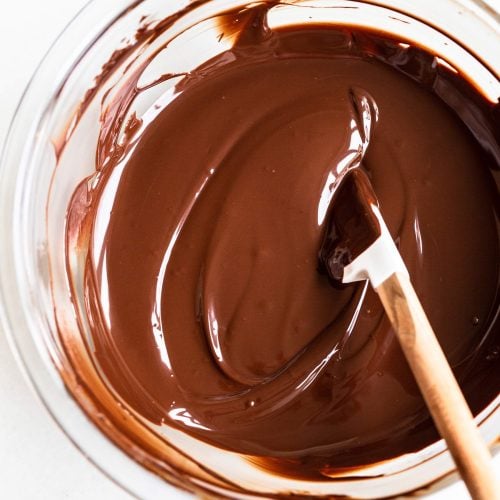
How to Temper Chocolate
Ingredients
- 16 ounces (454 grams) baking chocolate, finely chopped
Instructions
Tempering Chocolate by Seeding:
Tempering Chocolate by Seeding:
- In a double boiler, melt 2/3 of the chocolate, stirring often, until the thermometer registers around 115°F, but absolutely no higher than 120°F. If tempering milk or white chocolate, heat to 110°F. Remove from the double boiler. Make sure all equipment that comes in contact with the chocolate remains completely dry. Any water will cause the chocolate to seize.
- Gradually seed in the remaining chocolate to bring the temperature down, stirring vigorously and constantly. Stir until the temperature drops to 84°F. This can take some time, usually about 15 minutes, so just be patient – it will come down to temperature! A glass bowl will take longer to cool. Speed this process up by carefully placing the bowl of chocolate into an ice bath, making sure not to get ANY water in the chocolate.
- Reheat the chocolate briefly by placing the bowl back over the double boiler for 5 to 10 seconds at a time, stirring, until it reaches 89°F. This is the “working temperature.” Do not leave the chocolate over the water or let it exceed 91°F.
- You’re done! Test your temper by dipping a small piece of parchment into your chocolate. Let it sit at room temperature for a few minutes. The chocolate should be smooth and firm. If it’s streaky or runny, try stirring in more chocolate to the mixture to bring the temperature down further.
- Tempered chocolate can be tempered over and over again. You want to keep the working temperature of about 89°F when working with it. If it goes far below that temperature, set it back over the double boiler until it is 89°F again. If it goes much above that temperature, add more seed chocolate to drop the temperature.
- Put 2/3 of the chocolate in a microwave-safe bowl. Melt at 50% power in 1-minute intervals, stirring between each interval, until melted and smooth. The chocolate should only be between 100 – 110°F.
- Add remaining chocolate in small amounts while stirring. Be sure that the pieces are completely melted before adding more.
- The chocolate will thicken and become cool, shiny, and smooth as you continue stirring and “seeding” it by adding additional small amounts. When it has reached the range 84-91°F, the chocolate will be tempered and ready to work with.
Recipe Notes
This post was originally published in 2013 and updated with more tips and new photos in 2020 and 2023. Photos by Ashley McLaughlin.
Article Credits:
- Written by Tessa Arias
- Edited by Jessie Bruce, Master’s of Public Health Nutrition and Dietetics Candidate at UC Berkeley
Sources:
- Industrial Chocolate Manufacture And Use (2009). In Beckett S. T. (Ed.), (Fourth ed.). United Kingdom: Blackwell Publishing Ltd.
- Amendola, J. (2002). Understanding Baking: The Art and Science of Baking (3rd Edition). Wiley
- Global Education US. https://bookshelf.vitalsource.com/books/9781118558713
- Brenner, M., Sorensen, P., & Weitz, D. (2020). Science and Cooking: Physics Meets Food, From Homemade To Haute Cuisine (First ed.). New York, NY: W. W. Norton & Company, Inc.
- Lonchampt, P., & Hartel, R. W. (2006). Surface bloom on improperly tempered chocolate. European Journal of Lipid Science and Technology, 108(2), 159-168.
doi: https://doi.org/10.1002/ejlt.200500260 - McWilliams, M. (2016). Foods (8th Edition). Pearson Education (US). https://bookshelf.vitalsource.com/books/9780134204666
- Reaver, A. (2021, Nov. 10). Lipids II – classification, function [Course Lecture]. Introduction and Application of Food Science, University of California, Berkeley, Berkeley, CA, United States.
- Culinary Institute of America. (2022). Tempering Chocolate for Homemade Candy. Retrieved March 20, 2022, from https://www.ciafoodies.com/tempering-chocolate-for-homemade-candy/


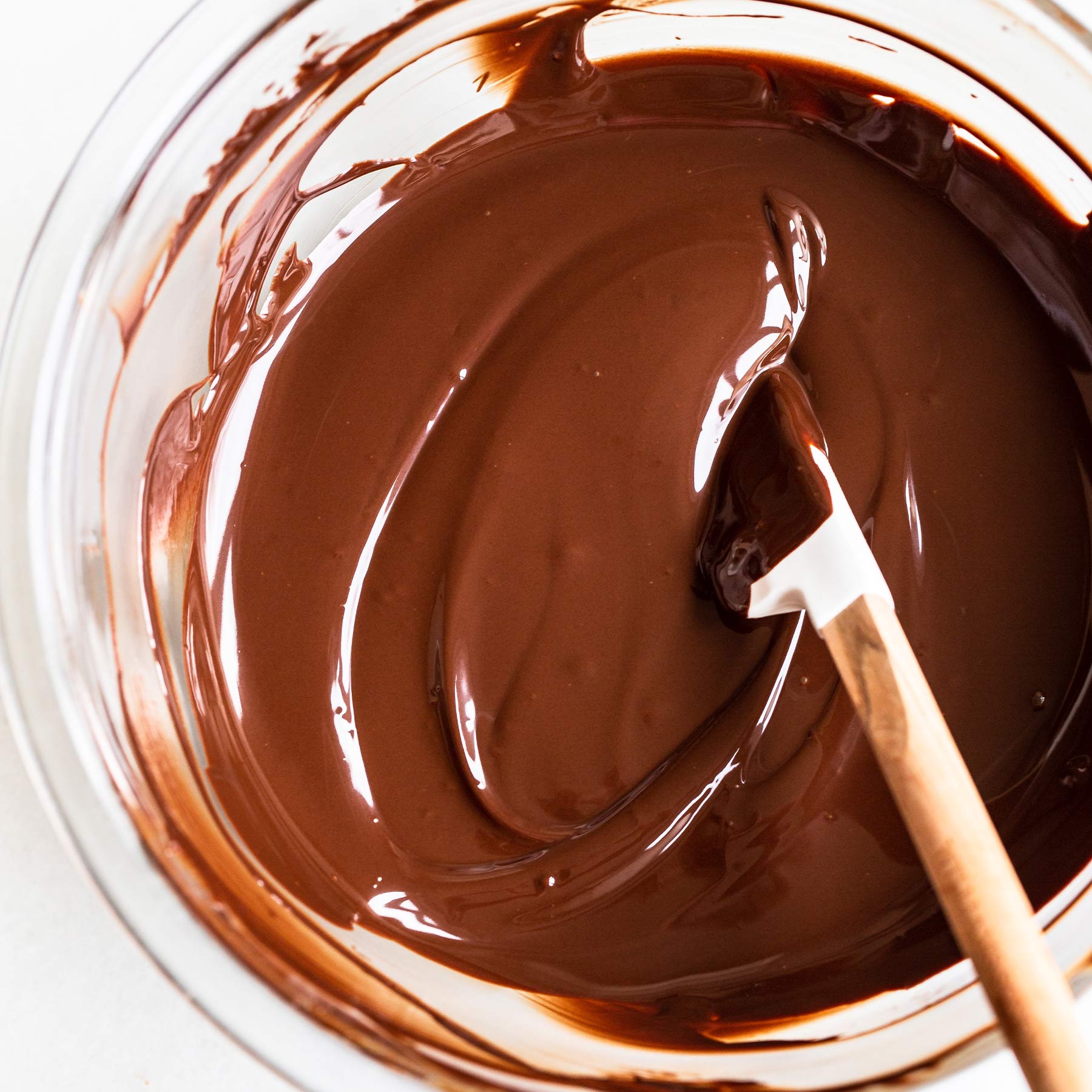
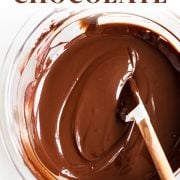
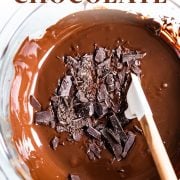
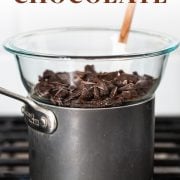
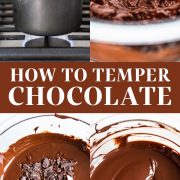
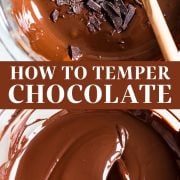
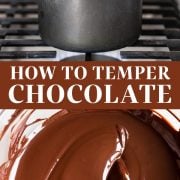
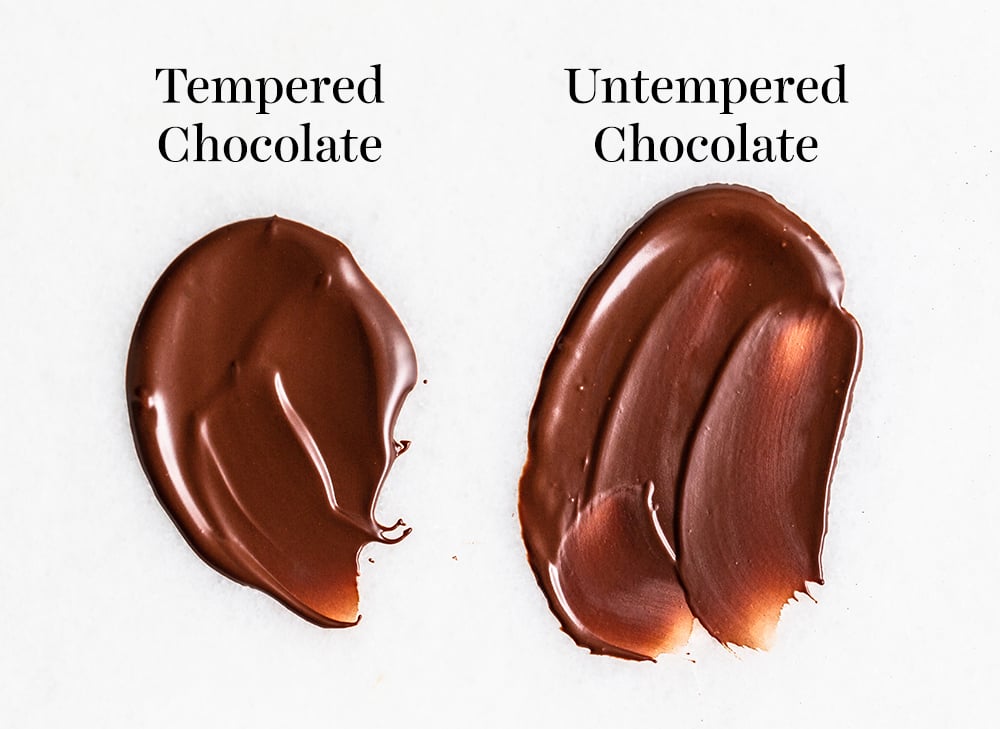 What is the Best Chocolate for Tempering? Can you Temper Chocolate Chips?
What is the Best Chocolate for Tempering? Can you Temper Chocolate Chips?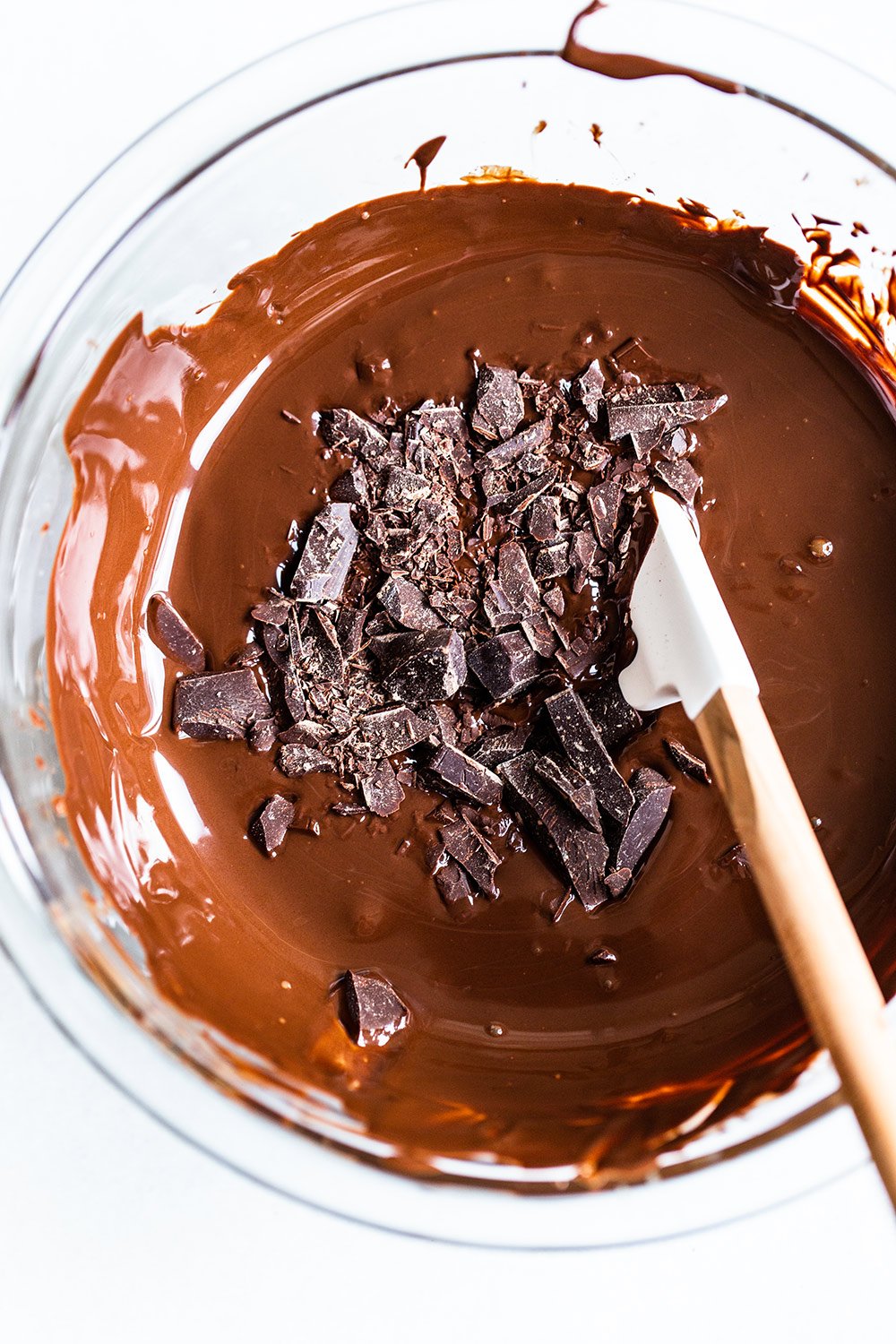

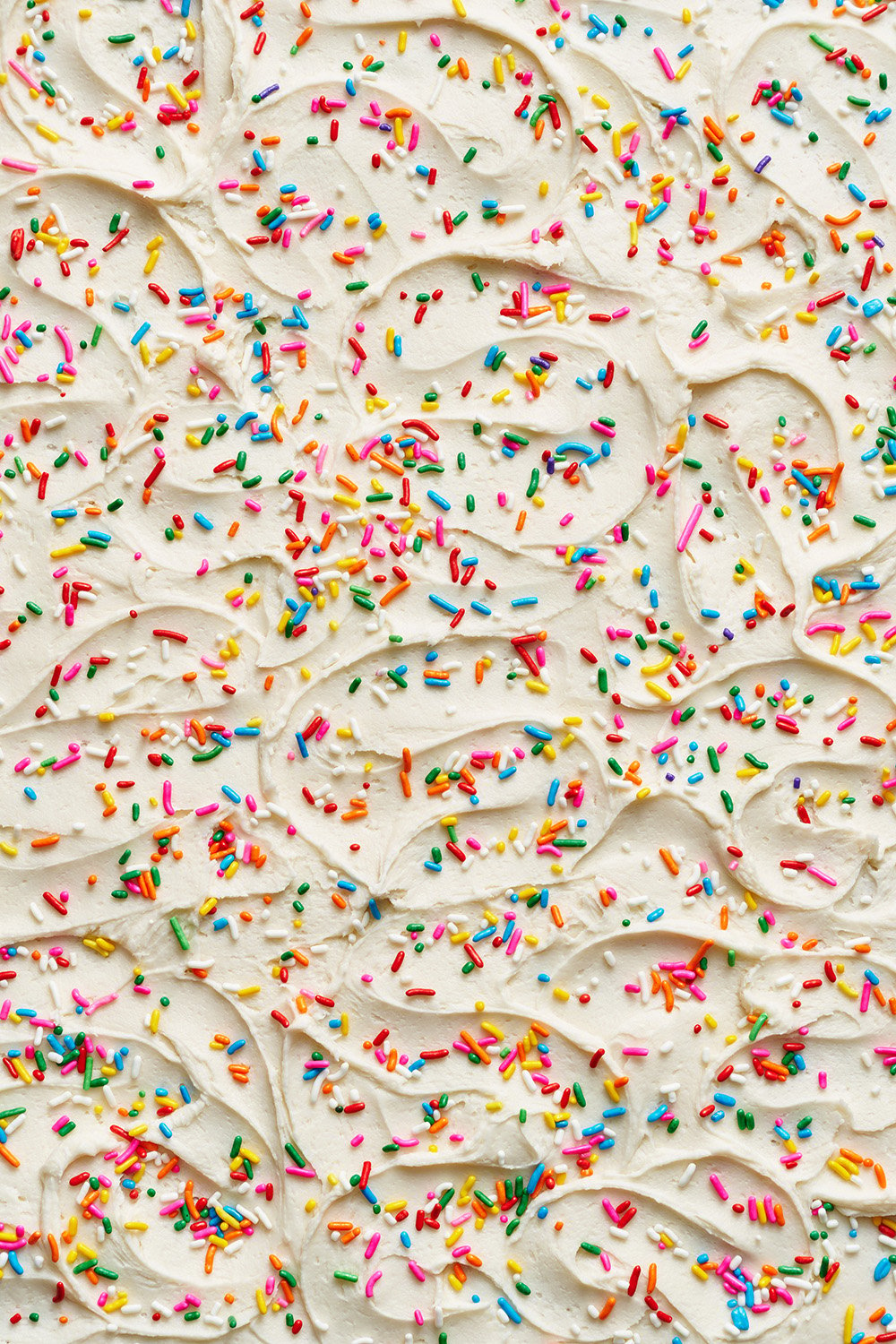
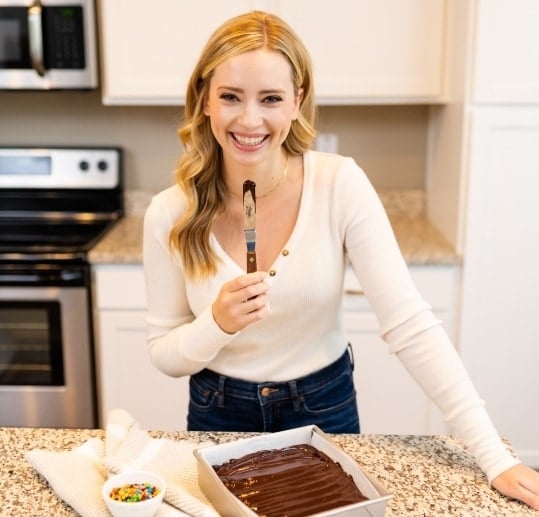

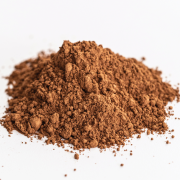
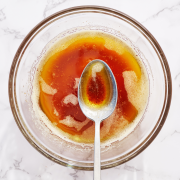
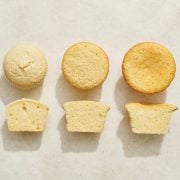
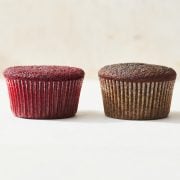
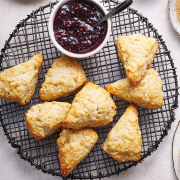
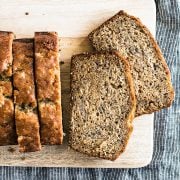
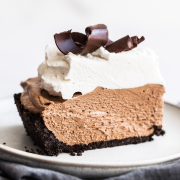









Hi I had a question. Would I be able to use a mug warmer or an electric candle warmer to temper chocolate instead of the double boiler ?
Hi Samantha! We haven’t tried either of those, but I don’t see why not, as long as they reach the correct temperature! Please let us know how it goes if you give it a try 🙂
Hi.
Thank you for the lesson on tempering chocolate. What do you mean when you say, “If your recipe calls for liquid, such as butter, water, coffee, or liqueur, always melt it alongside the chocolate simultaneously.”? do you put it IN the bowl of chocolate while melting, or do you melt it separately, and if so, at what point do you add it to the melted chocolate?
Thank you so much!
Michelle
Hi Michelle! You’ll want to melt the liquid separately but at the same time as the chocolate. Is there a specific recipe you’re following? If so, it should state in the instructions when to add the chocolate to the liquid. I hope that helps!
Hi Tessa!
Thanks for all your notes on tempering.
Can I use the tempered chocolate on hot, nuts made toffees? Will the high temp of the toffees affect the tempered chocolates?
Thank you!
Hi Angela! We haven’t tried this chocolate on toffee’d nuts (if I’m understanding you correctly), though we have tried toffee bark! Sometimes some of the butter can separate from the toffee and concentrates on the top, which can cause your chocolate to not adhere to the toffee. Be sure to blot any butter you can see with paper towel before spreading the chocolate on top. You want the surface to be matte, not shiny. You could also have your toffee come to room temperature before adding the melted chocolate on top to ensure success. I hope that answered your question! Please let us know how it goes if you give it a try 🙂
Do you have a recipe to make Belgian chocolate sauce?
We don’t! Here’s a link to our Homemade Chocolate Sauce recipe if you’re interested though! https://handletheheat.com/homemade-chocolate-sauce/
Thank you so much but to make it quick and to use as a Belgian chocolate sauce is it possible just to melt Callebeaut callets and drizzle on ice cream or you prefer to mix heavy cream as well and make it ganache and then use it as a drizzle. I am just looking for a right way of it.
I honestly think that’s a personal preference. It really depends on how soft or hard you prefer the chocolate on top of your ice cream. Adding heavy cream will result in a softer, more fudge-like consistency, whereas using just the chocolate callets will result in a hardened chocolate. Hope that helps!
Just a question! After you tempered the chocolate and put it in a mold to set, should you put them in the fridge to harden or should you just gently let them sit and cool down at room temperature and avoid the fridge at all cost?
Hi Madeleine! Nope, anything made with tempered chocolate doesn’t require refrigeration 🙂 Tempered chocolate products will stay hard at cool room temperature. Hope that helps!
Great video and explanation. I use the microwave method and find that it doesn’t always set up and will bloom or be dull. I am using van leer chips and add the seed chocolate until 94 degrees. I know you say not to use chips but was hoping these were better quality. Should i continue to add seed all the way to 89 degrees? I seem to have more problems on warmer days. Also the chocolate will pop off my toffee bark when i break it apart. Any tips? Thanks so much!
When using the microwave to temper chocolate, you want to your chocolate (after adding the seed chocolate) to reach a range of 84°-91°F, so I’d continue to add seed chocolate until you’re in that range.
For toffee bark, sometimes some of the butter can separate from the toffee and concentrates on the top, which can cause your chocolate to not adhere to the toffee. Be sure to blot any butter you can see with paper towel before spreading the chocolate on top. You want the surface to be matte, not shiny. You could also have your toffee come to room temperature before adding the melted chocolate on top to ensure success. Hope that helps!
Thank you!
Is it possible to temper carob? If I buy carob pods, form it into a “chocolate”state then add cocoa butter to it, could that be tempered? Or what do you suggest I do? I don’t eat chocolate but I can have carob.
I actually haven’t tried tempering carob before, so I can’t say for sure!
Can I use Belcolade extra dark chocolate 72% wafers? Also bittersweet or milk?
Or
Belgian Chocolate wafers? Also white, milk and semi sweet?
I am in Ontario, Canada
Thank you
Riss
Belcolade should be fine! I’d double check on the Belgian chocolate wafers-most wafers don’t need to be tempered; however, couverture wafers do need to be tempered. Even though most couverture chocolate is already pre-tempered, melting it actually destroys the tempered state of the chocolate, so re-tempering will be necessary. Hope that helps!
Is tempering almond bark done the same way?
I actually don’t prefer almond bark in recipes. Almond bark is an artificial chocolate made with vegetable fats, whereas regular dipping chocolates are made with cocoa butter. From what I understand, almond bark does not need to be tempered as it’s actually produced for melting-it can simply be melted in the microwave or on the stove and used immediately.
I watched a lot of video, read a lot of explanation but failed to understand it, you’re explanation is so detailed I finally get it, thank you very much ❤️
Wonderful! So glad you found this helpful 🙂
I have a question about tempering chocolate in a microwave. So, there is no need to bring the temperature up just like you did when using a double-boiler?
Correct, just make sure the temperature stays between 84-91˚; otherwise you will have to reheat 🙂
I’m so glad you said to bring it up to 115-120 degrees in a double boiler and 100-110 degrees in the microwave. Other places have said to bring it up no further than 95 degrees with milk chocolate and 91 degrees for white chocolate. If the temperature goes above the temp you suggested for each chocolate and you have to add more to cool it down, is that chocolate then still tempered or do you have to bring it lower than 84 and then raise it to 84-91 degrees for it to be in temper again?
Tempered chocolate can be tempered over and over again. As long as you get the temp back down to 89˚ when you add the seed chocolate, it will be fine 🙂